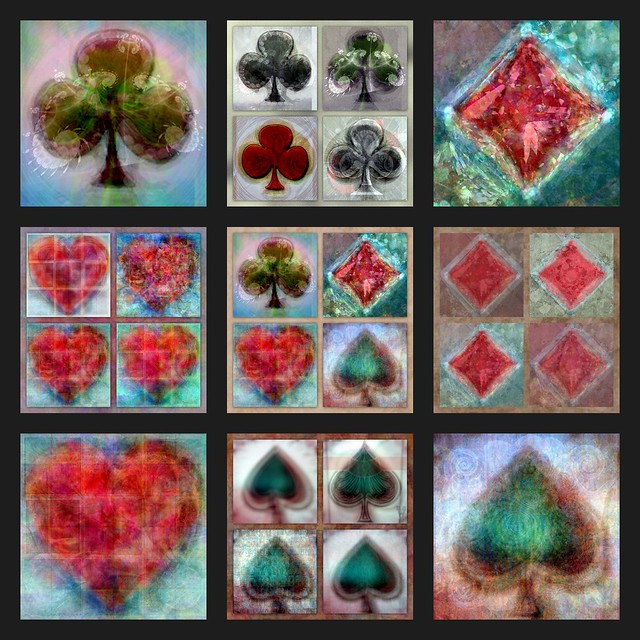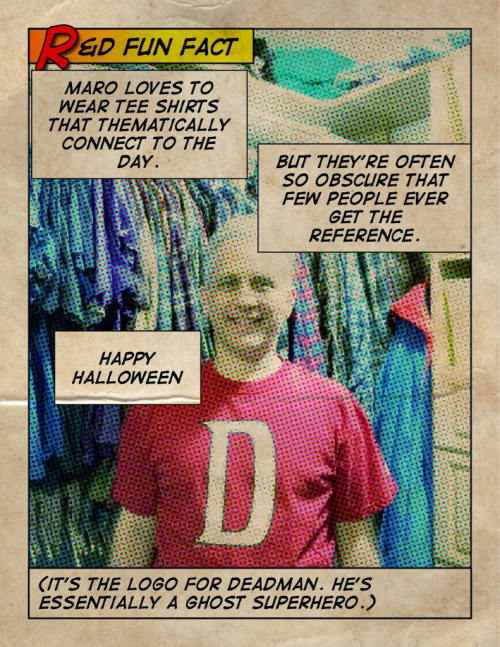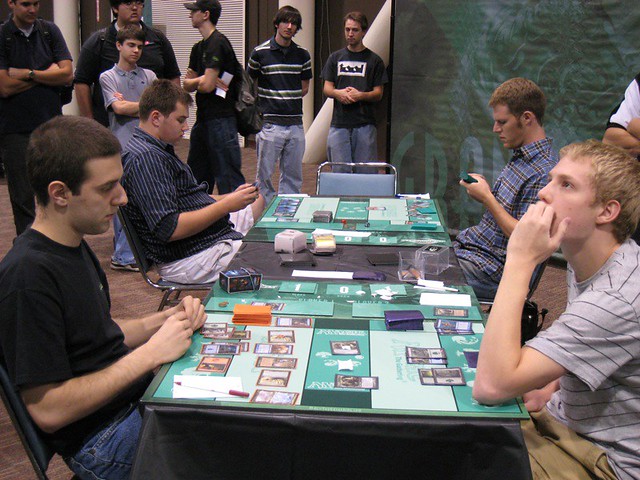This semester we had the opportunity to discuss Richard Skemp's great article on Instrumental and Relational Understanding in class. (“Relational Understanding and Instrumental Understanding,” Richard Skemp, Mathematics Teaching in the Middle School, September 2006; link goes to a pdf hosted at Portland State) Students read the article, with the following home workshop. When we came to class, they discussed at their table and then made one 'slide' presentations to the class on 2 ideas. The questions are the ones I used for an online discussion before, recorded in this blog post.
Home Workshop 16 - Learning Math
Instrumental Understanding
How do I understand?
“Relational Understanding and Instrumental Understanding,” Richard Skemp, Mathematics Teaching in the Middle School, September 2006
Discuss in class Wednesday
Objective: TLW use specific questions to better focus on and understand relational understanding.
Schema Activation: How do you multiply fractions? How well do you understand the multiplication of fractions?
Focus: Directed reading.
Below in the activity are a dozen discussion questions. As you read, keep notes on your thoughts about the questions.Read through the questions before reading the article.
Even though this article was written for teachers, Dr Skemp wrote mostly for researchers, and at times the language is a wee thick. Press on!
Activity: Read the article, jotting notes on the 12 questions below. These are just notes, and you may find you have no thoughts on a couple of them. In the reflection you will expand on your thoughts for two of them.
1) What is the point of starting off with the Faux Amis story? (A faux amis are two words in different languages that sound similar but mean differently. Sopa (soup) and soap (jabón) are my favorite from Spanish. Skemp says that the ways we use "understanding" are as different as if they were faux amis.)
2) What is your favorite example of “rule without reason”? Why?
3) Does the author’s idea of looking for your own examples and his three reasons for it make sense? Why?
4) Explain Skemp’s two kinds of mismatches (in the classroom) in your own words.
5) Of his two kinds of mismatches, which is more common? Which is more of a problem for the teacher?
6) What are Skemp’s faux amis in mathematics teaching? Is either one an issue in your math major classes here in GVSU?
7) Would you add any advantages to his list for instrumental mathematics?
8) Would you add any advantages to the list for relational mathematics?
9) Do you agree with the advantages that he lists for the two types?
10) What’s an example of relational understanding in your non-math life?
11) What’s an example of relational mathematics understanding for you? How do you know?
12) So, what about your classroom? Will you teach for one, or the other, or both? Why?
Reflection: Pick 2 questions you would like to talk about in class, and write a thoughtful response to each.
- Look over your notes/highlights/work from reading. What did you take from it?
- In your own words describe the ideas of instrumental and relational understanding.
The other thing that we've been developing in class is the idea of questioning, both as a teacher, and the benefits of student to student questions. This class struggles with being quiet, but by the fourth group, they've hit full class discussion mode. I really think that conversation is the only way to work towards understanding of big ideas. I filmed the first two groups and then handed off the iPod for recording.
In their groups I asked them to share their reflection from the workshop, they discussed a bit, and then to decide on two points to present to the class. Mostly they used the questions to frame their points. We talked a bit about presentation zen, and I asked them to make a 'slide' for their two points on the board, with the idea to not have a lot of text, but to support their idea with a succinct statement or even better, a visual. They did an excellent job, and I hope you enjoy sharing in their discussion.
Group 1 focused on questions 5 and 8.
5) Of his two kinds of mismatches, which is more common? Which is more of a problem for the teacher?
8) Would you add any advantages to the list for relational mathematics?
8) Would you add any advantages to the list for relational mathematics?
Group 2
2) What is your favorite example of “rule without reason”? Why?
5) Of his two kinds of mismatches, which is more common? Which is more of a problem for the teacher?
Group 3
5) Of his two kinds of mismatches, which is more common? Which is more of a problem for the teacher?
11) What’s an example of relational mathematics understanding for you? How do you know?
12) So, what about your classroom? Will you teach for one, or the other, or both? Why?
1) What is the point of starting off with the Faux Amis story?
10) What’s an example of relational understanding in your non-math life?
(Nice because it was ambiguous whether their example was relational or instrumental.)
As I listened to their discussion, I was struck by how many of the concerns of inservice teachers they already have, which is a real testament to the idea from The Teaching Gap that teaching is a cultural activity. If we do not do something to resolve the tension between what teachers feel they are expected to do (the job) and what they want to and should do (the vocation), we're not going to make any progress. It's almost what Skemp is talking about with the faux amis about our two ideas of learning. The same two ideas are competing and confusing us when we use the word teaching.
















